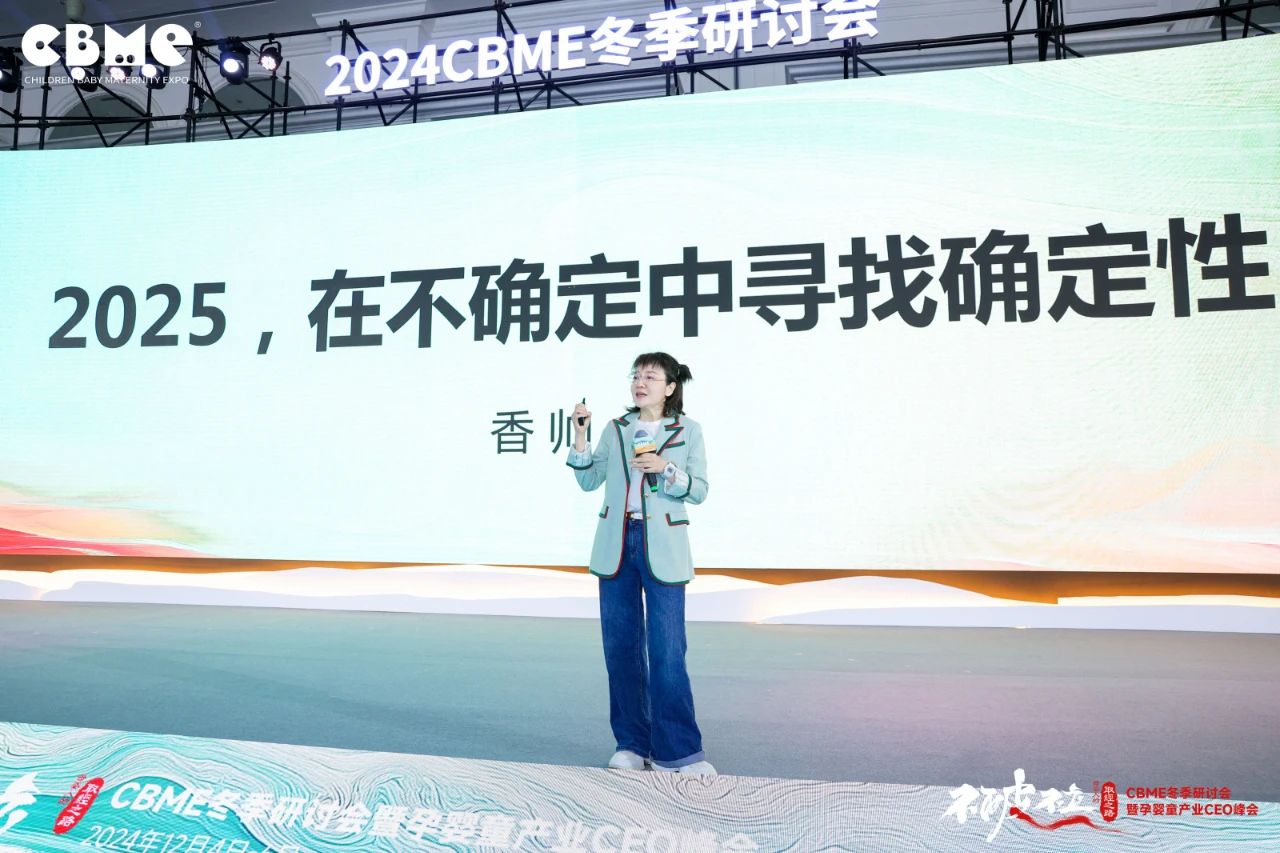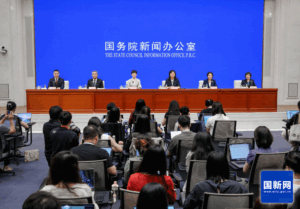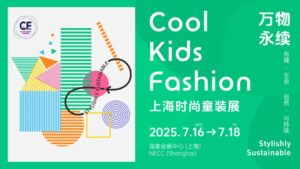Consumer Demand and the End of the Four Growth Waves
In his signature speech titled “Common Tide and Life,” economic scholar Xiang Shuai mentioned that the ups and downs of the past four decades were driven by four major forces: industrialization, urbanization, globalization, and internet informatization. However, since 2020, these four waves have gradually weakened. According to Xiang Shuai, this decline has caused much of the current sense of instability and economic pain.
Yet, even in this seemingly downward economic cycle, demand for aesthetics, quality, and individuality is rising. Consumption behavior is evolving. Xiang explained that although the term “consumer downgrading” dominates discussions, it masks the deeper trend of evolving consumer preferences.
What companies need now is not simply to chase growth, but to identify structural shifts in the domestic market. They must find new breakthrough points within existing competition.
CBME Insights: Strategic Guidance for 2025
At the end of 2024, during the CBME winter seminar and the Maternity, Baby and Child Industry CEO Summit, Xiang Shuai delivered a two-hour keynote. The title: “2025, How to Find Certainty in Uncertainty.” His goal was to provide actionable insights and direction for business leaders navigating the uncertain road ahead.
Related Resources Here: 2025 NielsenIQ China Retail Report: 3 Offline Growth Breakthroughs
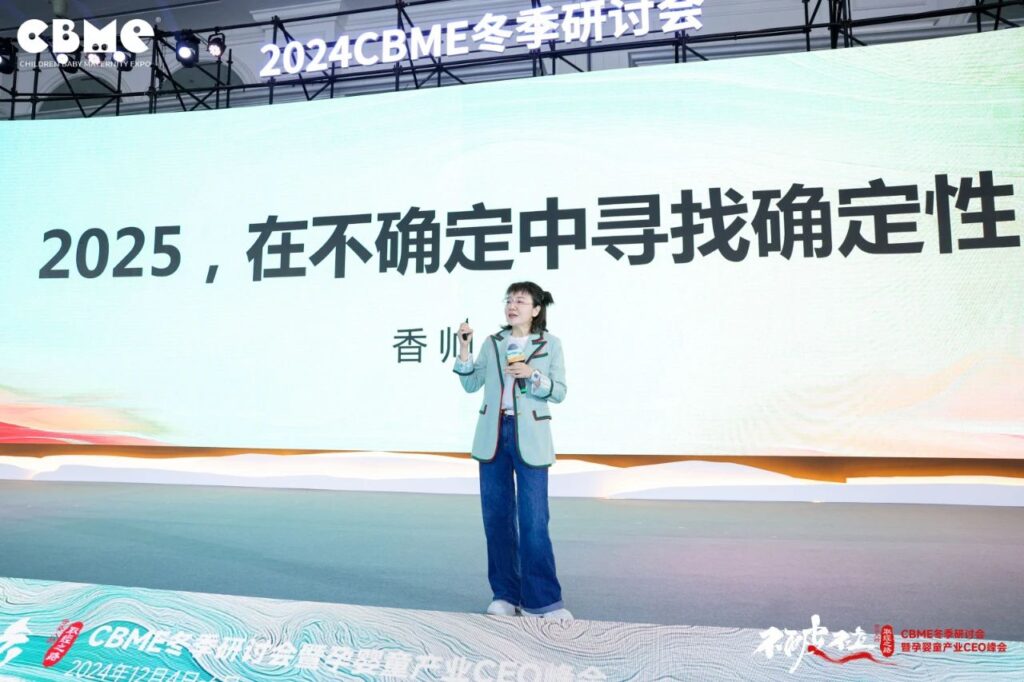
From Needs to Desire: Redefining Consumer Demand
Stimulating Demand Beyond Function
Xiang stated that modern society has shifted into a post-material era. In the past, consumer needs were concrete and functional. Companies only needed to fulfill clear requirements. But today, those needs have become abstract. They require emotional context to be activated.
This shift is part of the rise of what many call the “planting grass economy,” where desire is not born from necessity but from social influence and self-expression.
Xiang gave an example: a 60-year-old retired teacher once tried a “travel photography” service during a hotel stay. The experience—dressing up, taking photos, retouching, and sharing on social media—made her feel confident and joyful. She soon convinced her friends to try it too.
She never thought she needed travel photography. But she did need to feel beautiful, seen, and valued. These intangible needs sparked real spending.
Emotional Anchors in the Market
Xiang predicts that essential needs will gradually shrink. In contrast, growth will come from emotional and aesthetic demands. She identified three growth points: the pursuit of beauty, the fear of aging (not death), and the rise of independent female purchasing power. Today’s women are less focused on family-oriented spending. Instead, they prioritize purchases that bring personal satisfaction.
Triggering demand is just the beginning. The key is finding ways to continually stimulate and fulfill that demand.
Related Resources Here: Douyin Marketing Strategies 2025: How Maternity Brands Are Breaking Through
From Product Logic to Experience Logic
Why Experience Wins in the Post-Material Era
Xiang asked: Why do people travel from Wuhan to Changsha just to queue for a cup of Tea Yan Yue Se? Why is JELLYCAT still popular despite high prices? Why are fragrance products booming?
The answer lies in the growing appeal of the “beautiful lifestyle” concept. When basic needs are easily met, people are no longer driven by utility. Instead, they seek uniqueness, aesthetic value, and a deeper sense of identity.
This marks a new kind of consumer demand, where emotional fulfillment matters more than product features. Businesses must now move from quality-driven strategies to experience-driven models.
This has led to a new business logic where companies must evolve from product and quality logic to experience logic.
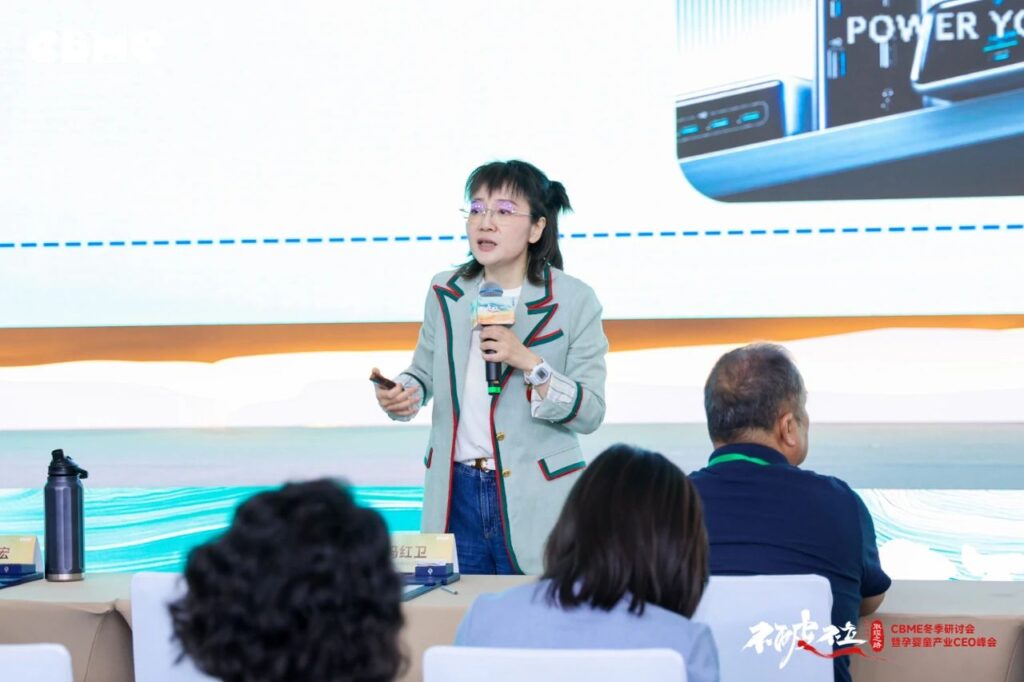
From One-Time Transactions to Repeated Engagement
Building Long-Term Trust with Consumers
“If products are material, services are personal,” Xiang noted. A product sale is transactional. But a service is relational. In earlier eras, even businesses with low customer trust could grow due to high traffic and low costs.
Now, companies must center their business strategy on people. Growth depends on long-term relationships, especially in localized markets. Trust becomes the core of sustainable engagement.
Xiang emphasized the power of private domains and community-based operations. Brands should start with shallow relationships and develop them into deep, loyal connections over time.
She explained, “The private domain is a unique advantage of offline channels. A company with 1,000 loyal, high-value, repeat customers is far more valuable than one with 10,000 one-time buyers.”
Related Resources Here: Maternal and Baby Industry Breakthrough in 2025: Key Insights from CBME
From Product Features to Brand Stories
Narratives, Communities, and Digital Tools
In 2024, the Xiao Si Tang Electric Water Heater became a hit. Why? Because it marketed a clear story: its water was infused with strontium minerals to nourish the skin. This wasn’t just a product—it was a lifestyle.
In another case, Zhang Xiaohui’s livestreams created micro-communities. Her followers bonded over shared product experiences. This social connection created “social currency” among her fans.
Or consider the housekeeper who uses an O2O platform. She knows how to buy ads, optimize her presence, and attract better clients. These behaviors reflect the deep integration of digital tools into the consumption journey.
Xiang stated that China is currently the most advanced digital consumer market in the world. This means companies must stop telling vague, lofty brand stories. Instead, they must resonate with current values, foster social engagement, and embrace digital systems.
Applying Digital Strategy to Brand Building
According to Xiang, successful brands must optimize internal structures through digital means. That includes completing a closed loop of data, product, and service integration. Only then can businesses stay alert to fast-changing consumer behavior and act swiftly.
Conclusion: How to Survive the Big Tide
The era we have experienced in the past could be called “the era of small hours,” where the economy was stable and times were serene. Starting a business in such times typically required grand visions to stimulate dopamine.
However, between 2018 and 2022, we officially entered the turbulent era of big tides.
What do entrepreneurs need in these uncertain times?
They need resilient spirits. They must be capable of touching the sky but also bending to the ground. Another word is to be forever cautious and always optimistic.
They need an open system. The baseline leadership of entrepreneurs in big times should equal tolerance, learning ability, and iterative capability.
They need to apply the Bayesian survival theorem: accurate, small, stable, and fast.
This can be broken down into four aspects:
- Look for small opportunities in the big direction. There are opportunities only if the trend is right and the entry point is small enough to survive.
- Iterate repeatedly for survival; otherwise, all opportunities are just talk.
- Iterate rapidly; no one waits for you.
- Don’t gamble big; avoid big mistakes, or recovery becomes too hard.
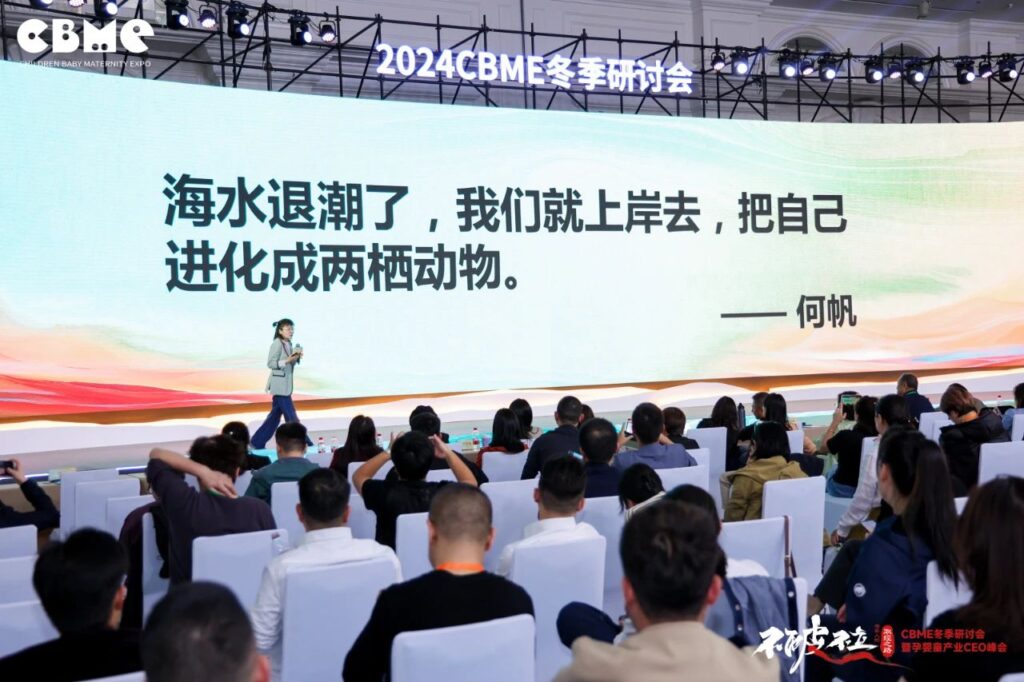
As He Fan said, “When the tide goes out, we move onto the shore and evolve into amphibians.”
Businesses that thrive in 2025 will be those that adapt, personalize, and digitize—driven by real consumer demand, flexible business strategy, and the smart use of digital tools.
